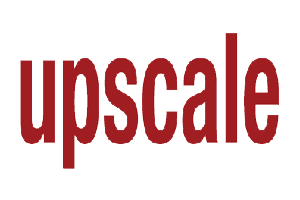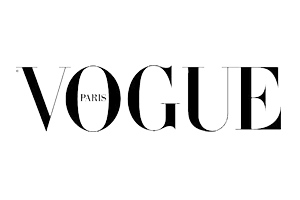Saline Vs. Silicone Implants
April 20th, 2016 | Posted in: Beauty Tips, Breast Augmentation, Breast Enhancement, Breast Implants, Breast Lift, Cosmetic Surgery, Plastic Surgery | Tags: breast implants, Dr. Gabriel Chiu, Plastic Surgery
For the uninitiated, breast augmentation might seem like a confusing and overwhelming process. In addition to considering financial concerns and other potential complications, there are several different choices to make when it comes to the implants themselves. To help people who are considering a breast augmentation, this article will explain the differences between the two main types of implants, saline and silicone.
While both types of implants are made of an outer silicone shell, they are filled with materials which create their own unique look and feel.
Saline Implants
Saline implants are filled with sterile salt water. The implants are placed through a small incision under the breast, on the areola, through the belly button, or through the underarm. They are rolled up and placed into the breast before being filled with saline.
Women must be 18 or older before they can have a breast augmentation with a saline implant. For breast reconstruction, saline implants are available at any age.
Silicone Implants
Silicone implants are are filled with a cohesive silicone gel. This substance mimics the properties of the breast, producing a more natural look and feel when compared to saline implants. The cohesive gel stays together and does not ooze, earning the nickname “gummy bear”.
These implants are available to women 22 and older for breast augmentation. As with silicone implants, they are available to women of any age for breast reconstruction.
Rupturing
Both implants have a chance of rupturing, which will affect the size and shape of the implant. While there is no mortal danger with a rupture in either implant, there are a few things to consider with both types.
If a saline implant ruptures, the liquid will leak out of the implant and be absorbed by the body. The saline solution is harmless, so there is nothing to fear if this happens. However, your doctor may recommend surgery to remove the silicone shell. This will give you the opportunity to replace the implant, if you so desire.
Silicone implant ruptures are much harder to detect. This is due to a particular property of silicone implants which causes the leaking silicone gel to remain in the fibrous tissue, or capsule, which forms around the implant. It is called a silent rupture because it is so difficult to detect. Women who choose silicone implants are required to undergo an MRI scan three years after the implant surgery, and then every two years following to check for silent ruptures.
While silicone gel is not associated with long-term or systemic health problems, it is possible for the implant to cause breast pain or even visible changes in the shape and contour of the breast. If these complications arise, your doctor will most likely recommend removing the implant, at which point a new implant may be placed.
Not all people may find that the implant is worth removing, however. Be sure to weigh the pros and cons of removing the implant with your doctor if a silent rupture is detected.
Other Factors To Consider
Saline implants require a much smaller incision compared with silicone implants. Because they are filled after being placed, the doctor can check breast symmetry visually and adjust accordingly.
Saline implants tend to produce a more rounded look compared with silicone implants, especially in thinner women with lower amounts of breast tissue. They feel similar to a water balloon.
Silicone implants have less chance of wrinkling or rippling. They are often the best choice for women who have undergone a mastectomy, or require an over-the-muscle placement. They are also an excellent choice for very thin women with very little breast tissue.
Silicone implants are more expensive than saline implants.
Once you are ready to choose your implants, visit Beverly Hills Plastic Surgery to schedule your next appointment.









































